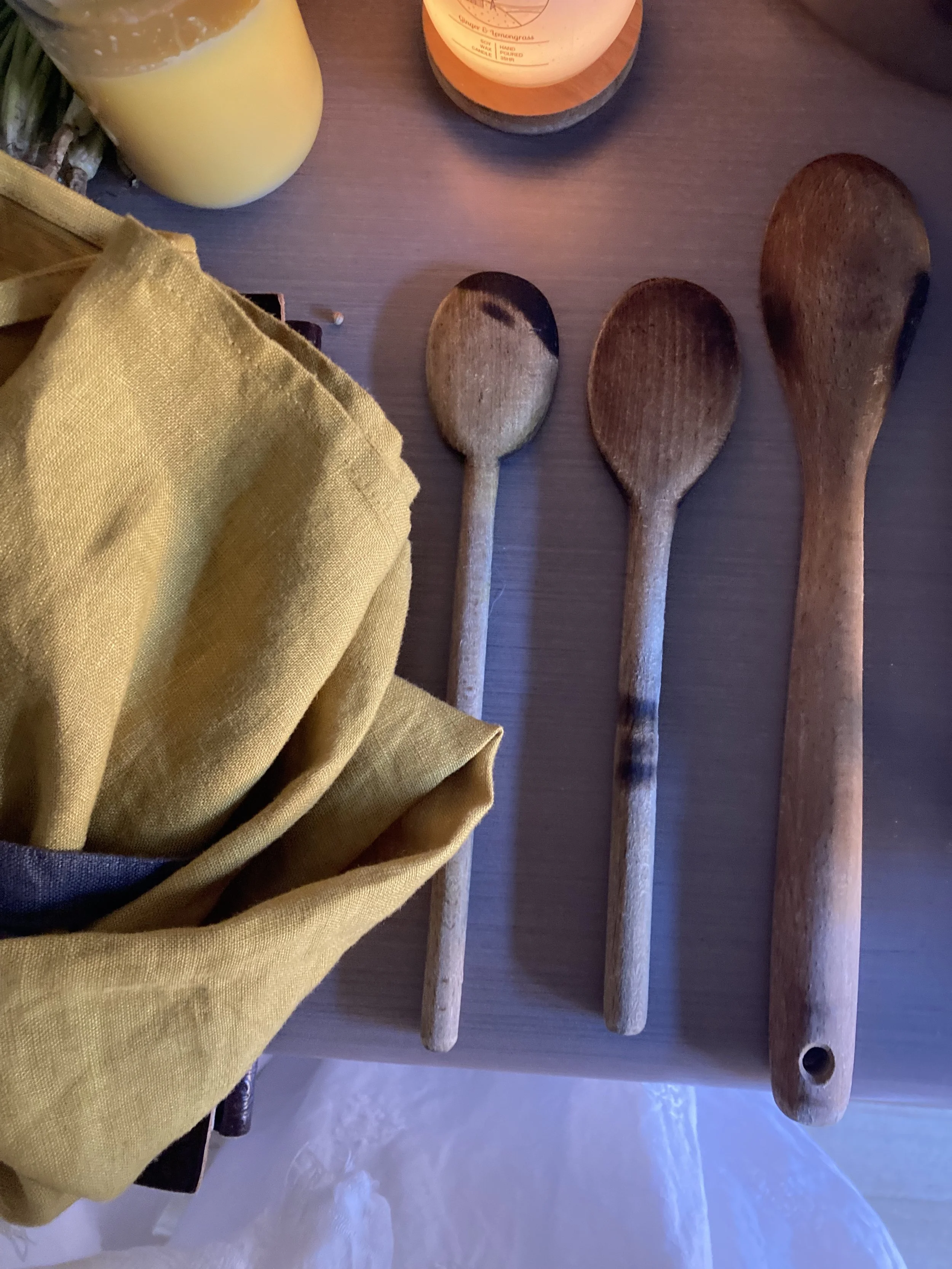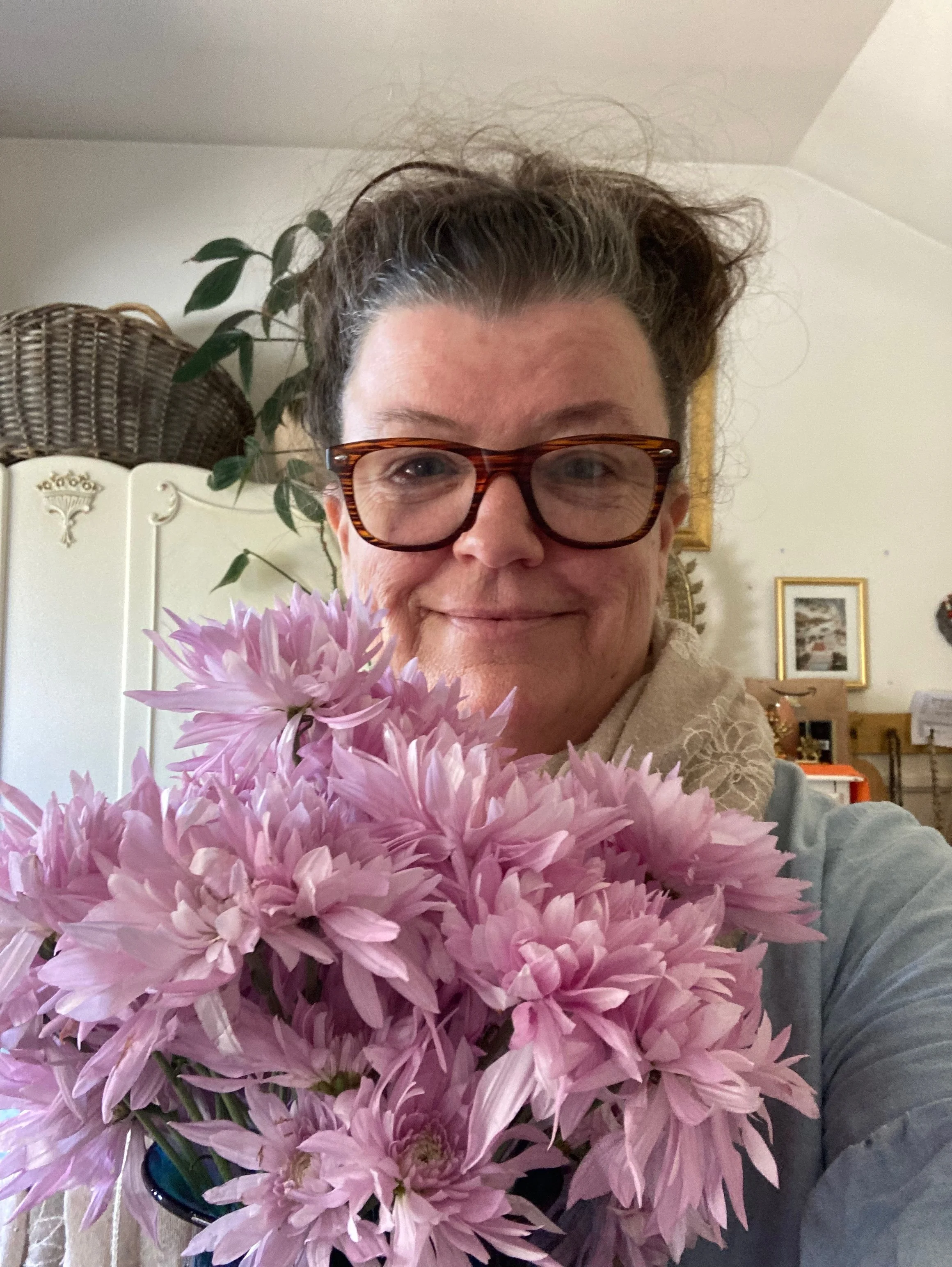How to make amazing Kitchari
Cooking is like love: It should be entered into with abandon or not at all." — Harriet van Horne
I signed up for Lorien Waldron’s Ayurveda Course in 2021.
Lorien taught me that there are two essential ingredients for living a nourishing, loving, inspiring life and they are nourishment and creativity - this was a perfect fit for me and so I set to studying and exploring Ayurveda with passion, soon discovering that food is medicine and my kitchen is a pharmacy!
I’m so deeply grateful for my time studying with Lorien.
I’ve always had an extraordinary relationship with food, and somehow studying Ayurveda freed me up from my Western judgments and shame so I could embrace my creativity fully and celebrate what I could achieve in my kitchen.
Lorien said, “Allow your taste buds to inspire you, your intuition to guide you and your heart to remind you that anything is possible.”
Two foundational recipes have stayed with me since the first course and are absolute must-haves in my kitchen. One was ghee and the other kitchari. I make ghee with the moon and kitchari a few times a week.
So in this post, I wanted to offer you a very foundational healing loving recipe for your body and soul.
KITCHARI
Kitchari is truly food from the Goddess. Eat it whenever your heart aches, your mind races, when you feel overwhelmed and want some food for your soul. “Kitchari is a staple food in Ayurvedic medicine that yogis have been eating for centuries. When cooked together rice and dhal are known to become a complete protein for the body which is why this is such a key food in many vegetarian cultures.”
You can use either whole moong dal, super light and so easy to digest but will need to soak overnight or for about 8 hours. Or you can use split moong dal or red lentils - these will need to be washed thoroughly and soaked for about 20 - 45 minutes.
PREPARATION:
Wash and soak your dal and either leave overnight, for 8 hours or if using split dhal leave for about 45 minutes.
Later:
Pop on your favourite mantra or music. Wash your hands. Light a candle. Take a moment for yourself.
Wash any fresh ingredients you may have like lemons, coriander and if you are having any other veggies with your kitchari wash and prepare them now.
Make sure you have everything set up so you’re not running about trying to find things.
Kettle
Medium sized pot
Strainers
Bowls to soak rice and dal
Grater
Kitchen Knife
Wooden spoon
Tasting spoon
Chopping board
Oven mitt/glove
INGREDIENTS:
1 cup whole moong dal (washed and soaked - until water runs clear)
½ cup basmati rice (washed at least three times - until water runs clear)
1 teaspoon cumin seeds
I teaspoon coriander seeds
Pinch fennel seeds
1 teaspoon turmeric powder
1 teaspoon asafoetida powder
3- 5 curry leaves
Fresh grated ginger or 1 teaspoon powdered
Fresh coriander
Lemon wedges
Pink rock salt & black pepper
Ghee/sesame seed oil/coconut oil
Boil 6 cups of filtered water.
METHOD:
In a medium-sized pot melt ghee over a medium flame
Add seeds ( cumin, coriander, fennel)
Allow seeds to cook until they are bubbling and you smell their aroma - the magic is happening.
Add ginger and allow it to mingle with the seeds and infuse
Add curry leaves and stir all around combining all those delicious flavours
Add asafoetida powder, and turmeric powder and stir - take a moment to enjoy the aroma - heaven.
Boil the kettle with the 6 cups of water
Add dal and stir, coating the dal in all the flavours.
*Don’t worry if your flavours are starting to stick to the base of the pot, this will all change once you add the water.
Add the rice and continue to stir.
Very carefully begin to gradually add the boiling water to the pot while you stir. Take care as the pot may sizzle and spit.
Keep adding the water and stir your pot. The kitchari will look very soupy.
Reduce heat to medium to slow
Cook for about 20 - 45 minutes depending on your cooktop.
If cooking for another or family, take time now to set a beautiful setting - this could just be plates, cutlery, a small vase of flowers or herbs, or a candle. It’s all about the feeling of love and nurture.
“The sharing of food goes back in time to when every household fed the mendicants (wandering monks). The sharing of food has always produced a powerful emotional bonding, helping us to bond with our universal kin.” Mother Maya Tiwari
Your kitchari is cooked when the dal is a soft, creamy consistency
If you have a lot of energy create a kitchari that is thickish
If you don’t have a lot of energy create a kitchari that is soupy
At the very least use a gorgeous dish for serving.
The items below can also be placed on your table - so people can choose for themselves.
Add your fresh herbs, a squeeze of lemon juice, a pinch of pink Himalayan salt and black pepper, and drizzle some ghee sesame or coconut oil.
Before you eat, turn your mobiles off or pop them away.
Smell the food in front of you and just take a moment in your way to feel gratitude for all that you have.
Resources:
READ:
A Life of Balance - Mother Maya Tiwari
Warmth by the Mudita Institute (PDF)
https://muditainstitute.com/ewExternalFiles/Warmth%20Preview%20NEW2018.pdf
Ayurvedic Rituals
https://alchemyofayurveda.com.au/offerings/
The Everyday Ayurveda - Kate O’Donnell
Ayurvedic Cooking for Westerners - Amadea Morningstar
The Yogic Kitchen - Jody Vassallo
BOOK & COURSE:
Simple Ayurveda in the Kitchen - Wholesome Loving Goodness - Lorien Waldron
LISTEN:
Gayatri Mantras
The Mukti Goddess Playlist
CONNECT:
Book a 1:1 free discovery call or join one of our upcoming workshops
At the Mukti Project, our work together is a contemplative conversation about what wellness means to you and therefore a collaborative process towards healing.
We would like to acknowledge the Bunurong peoples, the traditional custodians on whose lands we work, live, learn and play, we pay our deepest respects to elders past and present.
We also express from the fullness of our hearts, gratitude to our lineage, to Bhagavan Nityananda, the source from which wisdom flows, and to our community of caretakers, we say, Jai Bhagavan.
Enjoy reading? Share this post!





I Remember a Time: A Reflection on Grief and Beauty
What happens when beauty and sorrow meet?
In this deeply personal reflection, I share a time in my life when grief felt insurmountable—a heaviness that even my cherished spiritual practices couldn’t seem to touch.
And yet, through small, fleeting moments of light—walking my greyhound, lighting a candle, offering flowers—I began to rediscover beauty amidst the sorrow.
This piece is an invitation to explore how light and darkness, joy and grief, coexist as doorways to the divine. It’s a reminder that even in our darkest moments, beauty is still here, waiting to meet us.
If this reflection resonates with you, I’d love for you to join me on a new journey. I’ve created a sacred space on Substack to share devotional writing, reflections, and practices that connect us to the light within. Click here